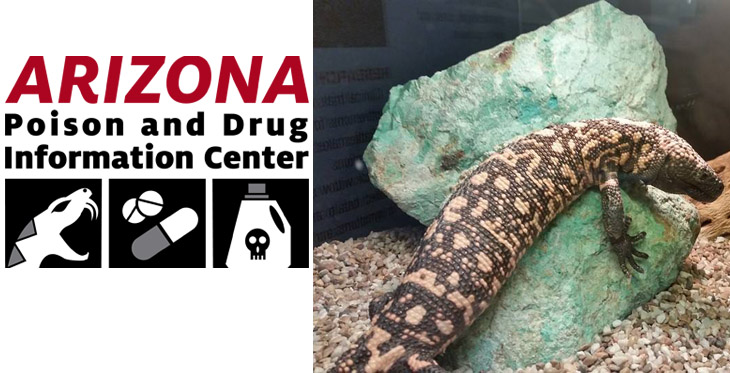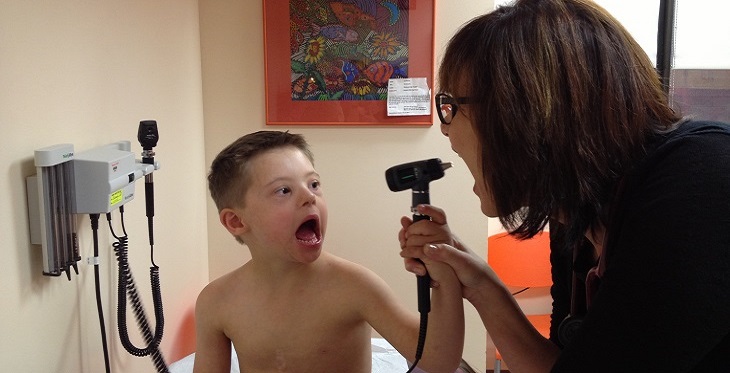In the March 14 edition of the journal Circulation, the American Heart Association published what is described as the first comprehensive scientific statement on the growing use of telemedicine in pediatric cardiology.
“In most cases, the potential advantages of telemedicine in pediatric cardiology are numerous, including improving access to care, improving quality and saving lives,” the heart association stated. “In addition, this appears to be occurring with enhanced patient and practitioner satisfaction and cost-efficient medicine.”
Faculty and colleagues with the Arizona Telemedicine Program, based at the University of Arizona College of Medicine in Tucson, also point to telemedicine’s progress over the last decade or so.




